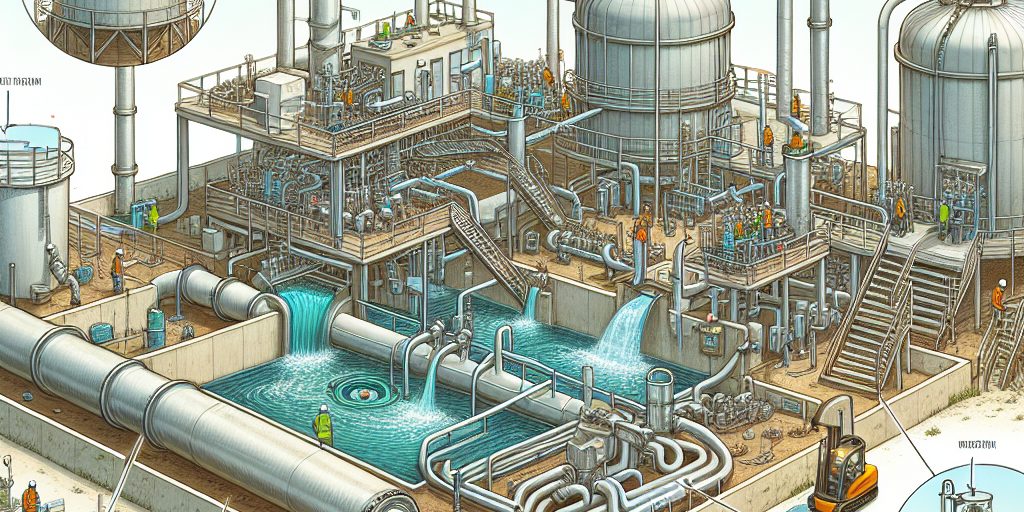What Is the Role of a Sludge Return System?
A sludge return system represents a critical mechanism in advanced wastewater treatment processes. This specialized infrastructure plays a fundamental role in maintaining biological treatment efficiency. It manages the continuous circulation of microorganisms within treatment facilities, ensuring optimal performance and pollutant removal. By strategically recirculating settled sludge back to aeration basins, the system preserves essential microbial populations. The process significantly contributes to sustainable water management and environmental protection.
Key Takeaways
- Supports consistent microbial population maintenance
- Enhances biological treatment efficiency
- Enables precise flow rate management
- Reduces potential operational expenses
- Helps meet environmental compliance standards

Understanding Return Activated Sludge Fundamentals
Return Activated Sludge (RAS) represents a sophisticated biological treatment approach. The system operates by recirculating settled microorganisms back into treatment zones. Maintaining a consistent microbial concentration around 2% allows for effective organic matter decomposition. This strategic recycling ensures continuous biological activity and prevents potential disruptions in treatment processes.
Microbiological dynamics play a crucial role in treatment efficiency. By preserving a stable population of microorganisms, the system can enhance pollutant elimination capabilities. Organisms like bacteria, protozoa, and fungi work collaboratively to break down complex organic compounds. Their consistent presence guarantees predictable and reliable wastewater treatment performance.
Flow Rate Management Strategies
Precise control of return sludge flow rates represents a critical operational parameter. Treatment facilities must adapt to fluctuating wastewater composition and volume. Operators typically set return rates as a percentage of total plant flow, allowing dynamic responses to changing conditions. This approach prevents system overload while maximizing treatment efficiency.
Monitoring and adjusting return sludge rates requires sophisticated control mechanisms. Advanced sensors and automated systems help track microbial concentration and treatment performance. By implementing intelligent management strategies, facilities can optimize resource utilization and maintain consistent treatment quality.
Environmental and Operational Implications
Sludge return systems contribute significantly to meeting stringent environmental regulations. They support consistent pollutant removal and help facilities maintain compliance with discharge standards. By efficiently managing biological treatment processes, these systems reduce potential environmental risks associated with inadequate wastewater treatment.
Statistical data highlights the importance of effective sludge management. Approximately 56% of sewage sludge in the United States is land-applied, demonstrating the critical role of sustainable waste management practices. Each disposal method carries unique environmental considerations, making sophisticated return sludge systems essential for responsible water treatment.
Why Choose Our Wastewater Treatment Solutions
At BioWorx, we specialize in advanced sewage treatment installations that maximize operational efficiency. Our cutting-edge aerated water treatment systems incorporate state-of-the-art sludge return technologies. We understand the critical importance of maintaining precise biological treatment parameters.
Our expert team provides comprehensive water and wastewater system checks, ensuring optimal performance and regulatory compliance. With decades of combined experience, we deliver solutions that balance technological innovation with environmental responsibility. Trust BioWorx to transform your wastewater management approach.
Contact our specialists today for a personalized consultation and discover how we can enhance your treatment infrastructure.







